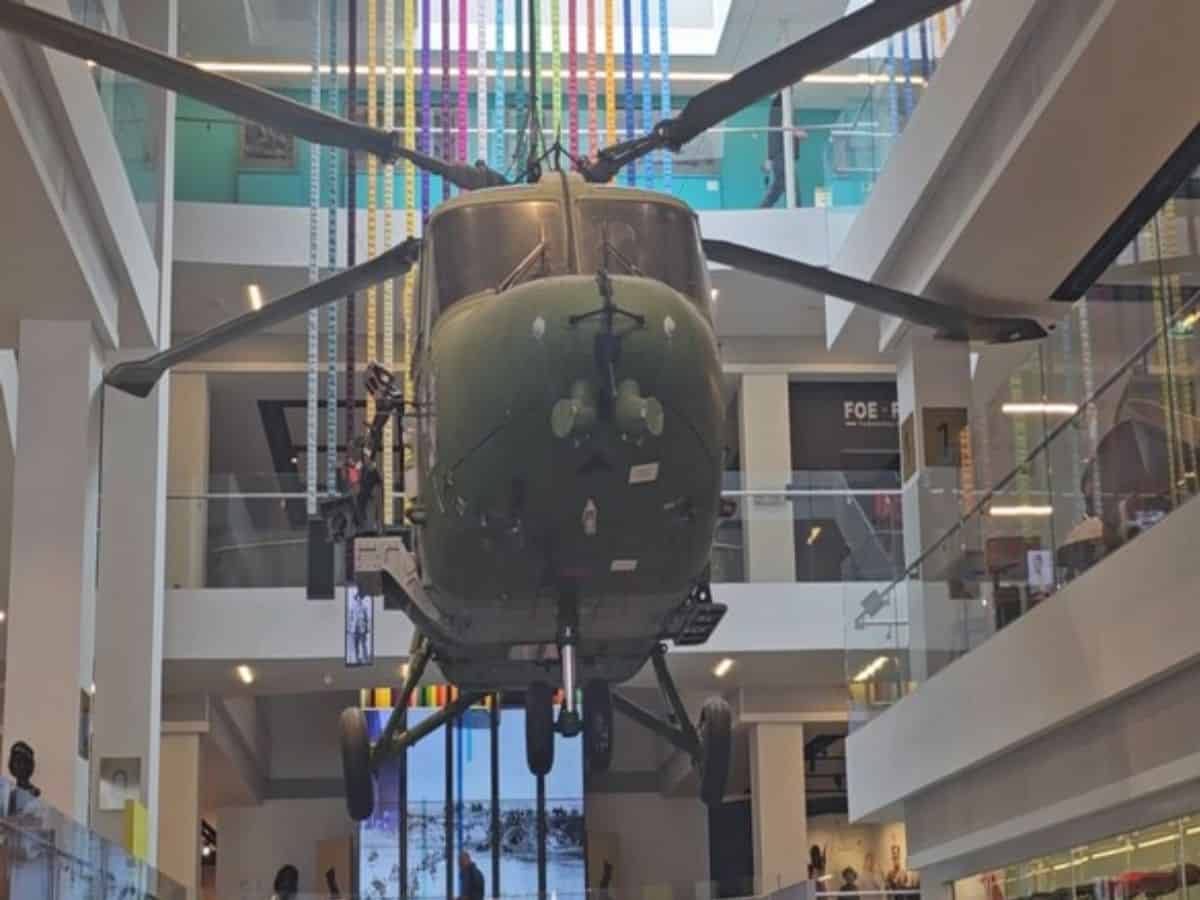
London: The National Army Museum is currently highlighting the critical contribution of the British Indian Army during the First World War through a temporary exhibition titled “British Indian Army: Soldiers of the First World War.”
Created together with the United Service Institution of India, the display “Looks at the history of the British Indian Army and its Indian soldiers in the First World War,” explained Julian Farrance, Liaison Officer at the museum. It highlights their “absolutely vital” role across multiple fronts and campaigns, he emphasized.
“The history of the British Indian Army is very key to the National Army Museum,” Farrance stated, noting that some of the museum’s first collections were of Indian soldiers.
“We wanted to look at that specifically in this temporary exhibition and particularly at the history of the First World War,” he said.
Nearly 1.4 million Indian men served in the Great War (World War I), making up the largest volunteer force ever assembled at the time. The exhibition brings to life their indispensable service from 1914 to 1918 in major theatres like the Western Front, Gallipoli, and Mesopotamia as well as lesser-known Asian fronts.
Featuring photographs, artwork reproductions, documents and medals of Indian soldiers, the exhibition shows that “We (Great Britain) would not be able to prosecute the war the way that we do without their contribution,” Farrance emphasized.
Though the role of Indian troops is “a subject that tends to be overlooked” in the UK’s popular memory of the war, Farrance said: “Looking at that contribution and putting it into these kinds of exhibitions is something that we do very regularly at the museum to provide a more complete historical picture.”
“There are so many different contributing countries that put soldiers into the British Army throughout its long history. But one of the most important ones is the contribution of Indian soldiers,” Farrance said, stating that the museum continually highlights the role of the British Indian Army.
The exhibition opened in August and will run through till November 5, spotlighting a vital part of the museum’s origins and collections.
